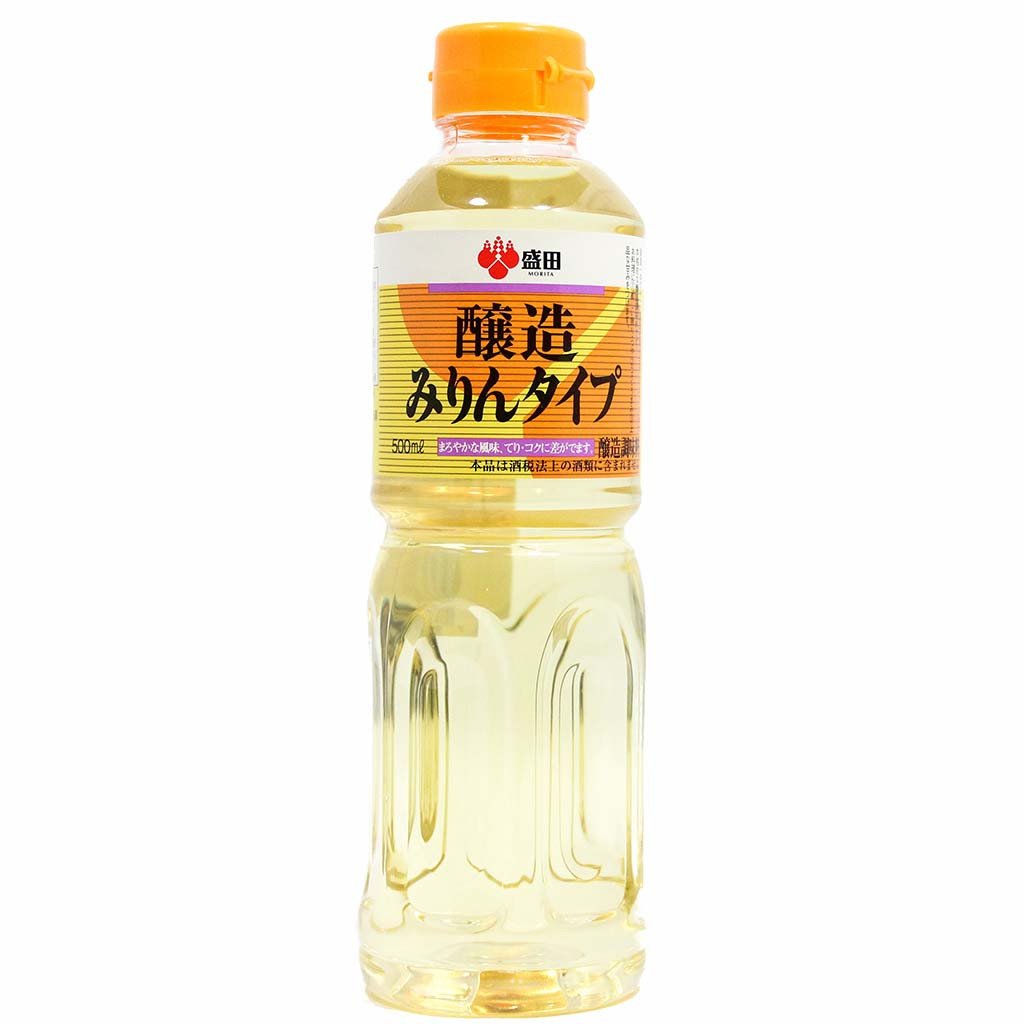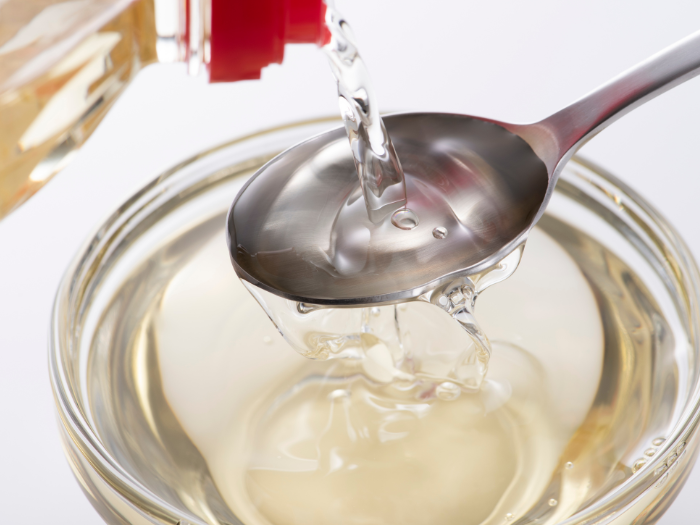Mirin, an essential ingredient in Japanese cuisine, is a versatile and unique condiment that adds a touch of sweetness, depth of flavor, and complexity to a wide array of dishes. While it may not be as well-known as soy sauce or miso, mirin plays a crucial role in Japanese cooking, and it’s gaining recognition for its culinary value worldwide. In this blog post, we’ll take a deep dive into the world of mirin, exploring what it is, its different types, and how to use it to elevate the flavors of your dishes.
What is Mirin?

Mirin is a traditional Japanese rice wine that is primarily used as a seasoning and sweetener in Japanese cooking. It has been a staple in Japanese kitchens for centuries and is a key component of the famous “teriyaki” flavor. Mirin is made from glutinous rice, koji (a type of mold), and shochu (a Japanese distilled spirit). The fermentation process of mirin results in a mild, sweet, and slightly syrupy liquid with an alcohol content ranging from 13% to 14%.
Types of Mirin:
There are three primary types of mirin:
- Hon-Mirin (True Mirin): This is the highest quality mirin and is made through traditional fermentation methods. It has a higher sugar content, is less alcoholic (around 14% alcohol), and offers a more complex flavor profile with a rich sweetness.
- Shio-Mirin (Salt Mirin): Shio-mirin is a cheaper, salted version of mirin that contains added salt to bypass liquor tax regulations. It’s not suitable for all recipes due to its salt content and often has a more pronounced alcohol flavor.
- Mirin-fu Chomiryo (Mirin-like Seasoning): This type of mirin is the most accessible and widely available outside of Japan. It usually doesn’t contain alcohol, making it non-alcoholic but still offering a sweet flavor similar to traditional mirin.
How to Use Mirin:
Mirin can be used in a variety of ways to enhance the flavor of your dishes:
Teriyaki Sauce: Mirin is an essential component of teriyaki sauce, where its sweetness balances the salty soy sauce and adds depth to the flavor. To make teriyaki sauce, combine mirin, soy sauce, sugar, and other seasonings of your choice.
- Glazing and Marinating: Mirin is excellent for glazing and marinating meats and seafood, giving them a delightful sweetness and a glossy finish. It’s perfect for dishes like teriyaki chicken or fish.
- Soups and Broths: Mirin can be used to add depth and sweetness to soups and broths. A dash of mirin in miso soup, udon, or ramen can elevate the overall taste.
- Stir-Fries: When stir-frying vegetables or proteins, a small amount of mirin can balance the savory and salty elements of the dish, providing a subtle sweetness that enhances the flavors.
- Salad Dressings: Mirin can be incorporated into homemade salad dressings, bringing a touch of sweetness that pairs well with fresh greens and vegetables.
- Glazed Vegetables: Use mirin to make delicious glazed vegetables, such as glazed carrots or sweet potatoes. The sweet and savory combination will elevate these side dishes.
- Sushi Rice: When preparing sushi rice, mirin is a key ingredient that adds sweetness and a glossy sheen to the rice. It is combined with rice vinegar, sugar, and salt to create the seasoning for sushi rice.
Substitutes for Mirin
While mirin is a unique and versatile ingredient, it may not always be readily available. Fortunately, there are several substitutes you can use to achieve similar flavor profiles in your dishes. Here are some common mirin substitutes:
- Sweet Sake: If you have sake (Japanese rice wine) on hand, you can add a bit of sugar to replicate the sweetness of mirin. Use one tablespoon of sugar for every four tablespoons of sake to approximate mirin‘s flavor.
- Dry Sherry: Dry sherry is a suitable substitute for mirin in many recipes. It has a similar sweet, nutty flavor. Use it in a 1:1 ratio as a mirin replacement.
- White Wine with Sugar: A combination of white wine and sugar can mimic the sweet and slightly tangy characteristics of mirin. Mix one part white wine with one part sugar to achieve the desired sweetness.
- Rice Vinegar with Sugar or Honey: If you’re looking for a non-alcoholic substitute, combine rice vinegar with sugar or honey. This mixture will impart a similar sweet and tangy flavor to your dishes. Use equal parts of rice vinegar and your chosen sweetener.
- Apple Juice or White Grape Juice: For a non-alcoholic and naturally sweet substitute, you can use apple juice or white grape juice. These options offer a mild sweetness that can work well in recipes that call for mirin. Use them as a 1:1 replacement for mirin.
- Malt Vinegar with Sugar: Malt vinegar, when combined with sugar, can provide a somewhat similar flavor profile to mirin. Mix one part malt vinegar with one part sugar to achieve the desired sweetness.
- Corn Syrup: Corn syrup, while not a perfect match, can be used in a pinch as a mirin substitute. It’s sweeter and thicker, so you may need to adjust the quantity to avoid making your dish overly sweet. Start with half the amount and adjust to taste.
When substituting mirin with one of these alternatives, it’s essential to consider the overall flavor and balance of your dish. Be prepared for some variations in taste and adjust the quantity and sweetness to match the specific requirements of your recipe. Keep in mind that mirin offers a unique depth of flavor that is challenging to replicate entirely, but these substitutes can help you achieve a similar sweet and savory essence in your dishes when mirin is not available.
Conclusion
Mirin is a prized ingredient in Japanese cuisine that can transform and elevate the flavors of a wide range of dishes. Its delicate sweetness, depth, and versatility make it a valuable addition to your culinary repertoire. Whether you’re creating traditional Japanese dishes, experimenting with fusion cuisine, or looking to enhance your everyday cooking, mirin is a secret weapon for adding that extra layer of deliciousness to your meals.





